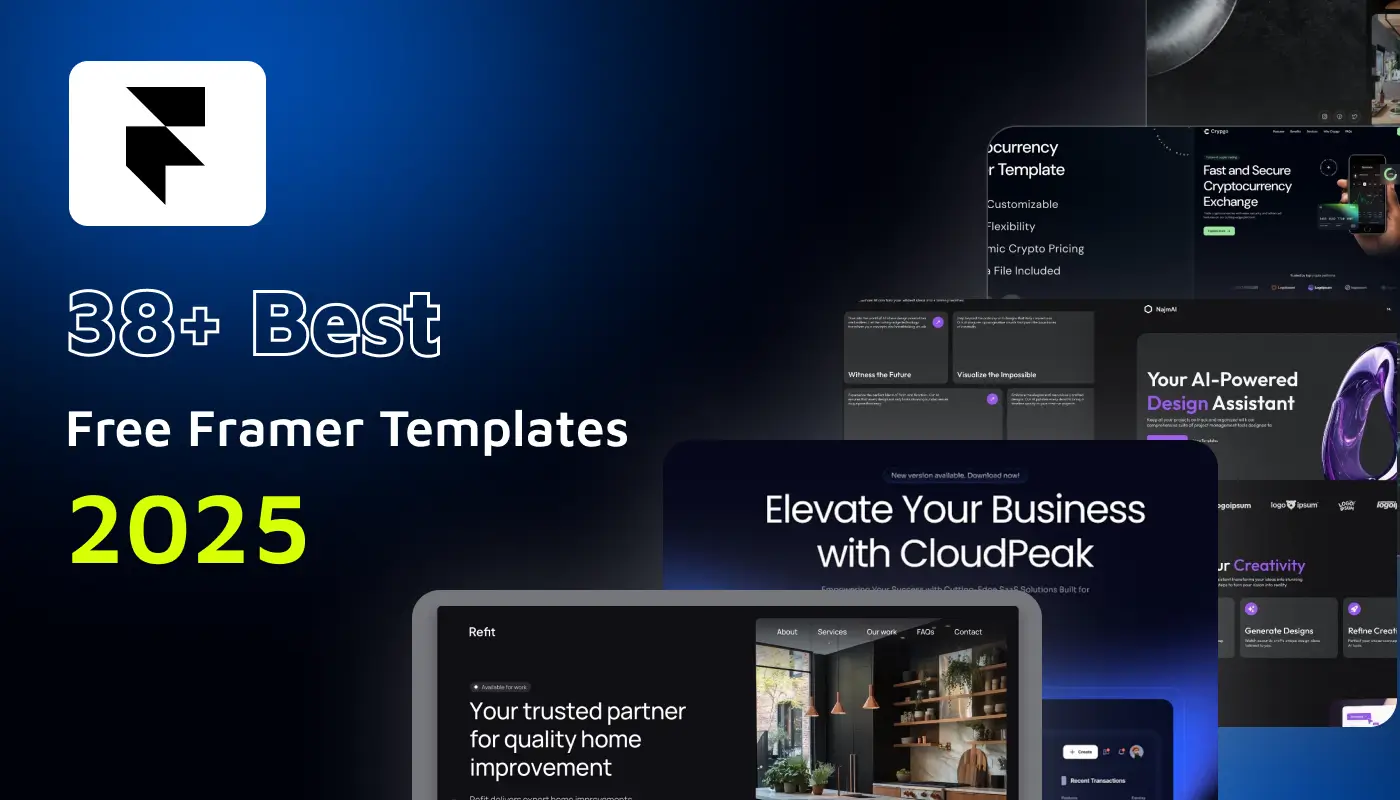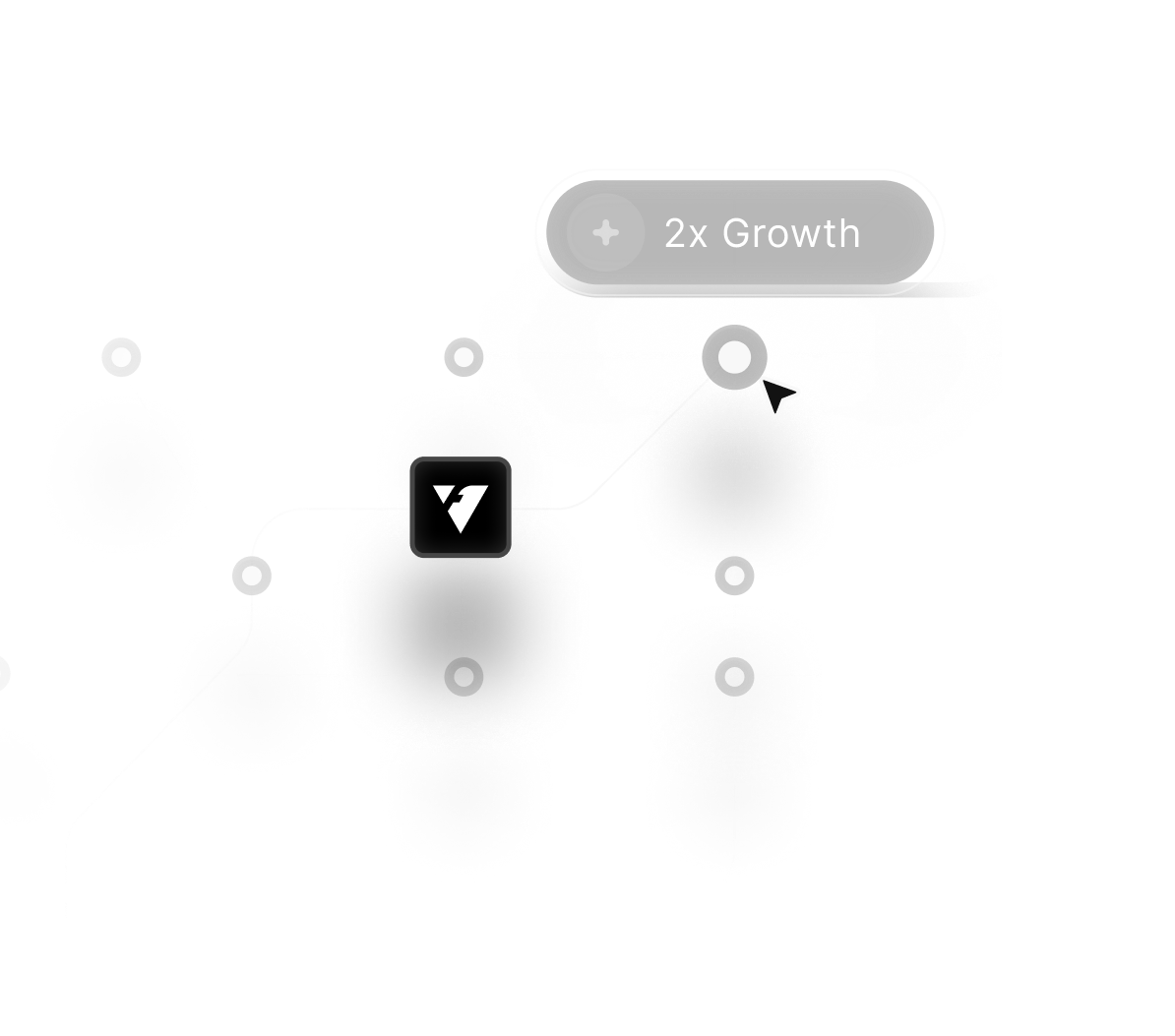November 18, 2025
How Webflow AI Creates a Complete Website in Minutes — The Future of Web Design

Modern design workflows have shifted dramatically due to the rise of AI tools that handle structure, layout, and content generation instantly. Growing interest in Webflow AI comes from its ability to convert simple prompts into fully shaped websites without technical friction.
Designers appreciate how quickly prototypes form, allowing creative direction to evolve faster than traditional manual builds. Businesses notice the time savings as AI removes early development delays and provides immediate structure for their projects.
Speed gains become significant when full layouts, color systems, and page sections appear in minutes instead of days. Users find it easier to refine ideas once the core framework is generated automatically by intelligent design models.
Smart automation empowers creators to focus on brand identity rather than spending hours arranging components manually. Clear workflows in Webflow AI support both beginners and professionals by eliminating repetitive setup tasks.
Flexible editing still remains essential, turning AI-generated sections into polished, custom-designed experiences. Future trends suggest that AI-powered design will continue redefining how digital products are created at scale.
“Curious how Webflow AI can accelerate your next project?
Request a free consultation & discover how automation meets custom design.”
Table of Contents
- The Evolution of Web Development: From Code to AI
- What is Webflow AI Site Builder?
- Step-by-Step: Building a Website with Webflow AI
- Customizing Your AI-Generated Website
- Publishing and Managing Your Website
- Why Webflow AI is a Game Changer
- Frequently Asked Questions (FAQ)
- Conclusion: The Future of Web Design is Here
1. The Evolution of Web Development: From Code to AI

Understanding how web development evolved helps appreciate the power of AI site builders like Webflow.
The Early Days: Coding Everything Manually
Back when I first started, building a website meant:
- Choosing the right tech stack (PHP, MySQL, JavaScript)
- Setting up servers and hosting environments
- Writing front-end HTML and CSS by hand
- Building backend databases and logic
- Troubleshooting endless bugs and errors
Every tiny change took time and deep technical knowledge. Websites were often slow to build, hard to maintain, and expensive to update.
The No-Code Revolution
The introduction of no-code and low-code platforms changed the game. Tools like Webflow allowed anyone to visually design and build responsive websites without writing code. You could drag and drop elements, style with CSS visually, and launch quickly.
This opened website building to marketers, designers, and business owners. However, no-code isn’t completely code-free. Understanding structure, layouts, interactions, and responsive design still requires learning.
Enter AI: The Next Big Leap
Now, with artificial intelligence, you don’t even have to drag and drop. You simply tell the AI what your business does, what style you want, and the AI creates a tailored, fully functional website in minutes.
This is a massive step towards democratizing web design — making it even faster, easier, and more personalized.
2. What is Webflow AI Site Builder?

Webflow AI Site Builder is a brand-new feature from Webflow that uses artificial intelligence to build websites based on simple text prompts.
Here’s what it does:
- You enter a description of your business or project.
- The AI generates a full homepage with a complete design system.
- It builds out responsive layouts, selects images, typography, color schemes, buttons, cards, and more.
- It offers easy customization options for you to tweak styles instantly.
- The end result is a ready-to-publish website, no code required.
The AI understands business context, industry needs, and modern design trends, so it creates sites that look professional and fit your brand voice.
3. Step-by-Step: Building a Website with Webflow AI

I decided to test Webflow AI Site Builder by creating a website for a digital marketing agency. Here’s the process I followed:
Step 1: Start Your Project
- Visit Webflow.com/AI Site Builder.
- Choose if the site is a business or personal project.
- Enter your project name — mine was Growth Media.
Step 2: Describe Your Project
This is where you tell the AI what your business does and what you want.
Example prompt I used (you can copy and customize this):
“A digital marketing agency based in New York specializing in content strategy, social media management, and paid ads. I need a clean, modern website with blue and white colors. Include sections for services, team, portfolio, testimonials, and contact. Use high-quality images of people working, team meetings, and marketing dashboards.”
The more details you give, the better the AI can tailor your site.
Step 3: Choose Your Style
Webflow recommends brand styles based on your description, including colors, typography, and tone. You can accept the suggestions or pick your own.
Step 4: Generate the Website
Click Generate, and the AI starts building your homepage based on your inputs. In a minute or two, you’ll see a complete site ready for review.
4. Customizing Your AI-Generated Website

Once the AI creates the homepage, you can customize it visually:
- Themes: Switch between different font and color combinations.
- Colors: Choose from multiple palettes or shades within the palette.
- Typography: Adjust font sizes and families.
- Section Variants: Alternate light and dark backgrounds for contrast.
- Images: Swap AI-chosen images with different styles (modern, minimal, elegant).
- Buttons: Pick button styles from simple to bold with different borders and shadows.
- Cards: Choose card styles with borders, gradients, or blur effects.
- Roundness: Control how rounded corners are on cards and buttons.
- All these options update your website instantly, with no code needed.
You can even edit your original prompt to regenerate or improve the design.
5. Publishing and Managing Your Website

When you’re happy with the design, click Start Building. Webflow applies all your customizations and creates a fully editable project in your Webflow dashboard.
Publishing your site is just a click away. The website loads fast, looks great on desktop and mobile, and includes all the sections you requested.
Want to add or replace sections? For example, client testimonials can be generated with multiple layout options, and the AI fills them with relevant content based on your original prompt, no lorem ipsum placeholders.
This makes managing and updating your site easy, even if you’re new to web design.
6. Why Webflow AI is a Game Changer?

Webflow AI Site Builder is more than just a neat tool, it’s a paradigm shift in website creation:
- Speed: Build a complete, professional website in minutes instead of days or weeks.
- Accessibility: No need for deep technical knowledge or design skills.
- Customization: Get unique designs tailored to your business, not generic templates.
- Scalability: Start with a homepage and easily expand or adjust your site as your business grows.
- Quality: AI understands modern design trends and business needs, producing high-quality results.
- Cost-effective: Save money by reducing the need for expensive designers or developers.
This puts powerful website creation tools in the hands of entrepreneurs, marketers, and creators who want to focus on growing their business, not wrestling with code or design software.
Conclusion
Webflow AI Site Builder marks a major leap forward in web design. It combines the power of AI with the flexibility of Webflow’s no-code platform to let anyone create stunning, fully functional websites - fast.
Business owners seeking a polished presence, marketers running campaigns, and creatives showcasing portfolios can all benefit as Webflow AI streamlines workflows and drives faster growth.
The future of web design isn’t about learning complex code or mastering design tools. It’s about describing your vision and letting AI bring it to life - all in minutes.
Ready to experience it for yourself? Head to Webflow.com/AI Site Builder, describe your project, and watch the future of website building unfold.

FAQ
1. Do I need to know anything about coding to use Webflow AI Site Builder?
No! The AI builds the website for you, and all customization is visual. It’s perfect for beginners and pros alike.
2. Can I edit the AI-generated website after it’s created?
Absolutely. You get a full Webflow project that you can customize, add pages to, and manage as you like.
3. How detailed should my prompt be?
The more detailed, the better. Include your business type, key services, preferred colors, desired sections, and any special style notes.
4. Can I use my own images and branding?
Yes. You can replace images, adjust colors, fonts, and layout to match your brand perfectly.
5. Is the AI website responsive?
Yes. The site is fully responsive and works well on desktop, tablet, and mobile devices.
6. How much does it cost?
Webflow AI Site Builder is currently in beta or early release (check their website for pricing and availability).
Table of Contents
Choose Our Service, Grow Fast!
Follow Us
Related Posts

Build bold, future-ready sites using the best 3D Framer templates designed for tech innovators and creative professionals to enhance interactivity, engagement, and visual storytelling.
Build bold, future-ready sites using the best 3D Framer templates designed for tech innovators and creative professionals to enhance interactivity, engagement, and visual storytelling.


Explore 38+ free Framer templates for 2025 with updated designs. Create beautiful, fast, and fully cloneable websites that are SEO-friendly and easy to customize.
Framer’s marketplace offers over 2,000+ modern and fully customizable templates, making it easy to find the perfect starting point for your next website. This list highlights the #1 selected 38+ Free Framer templates for 2025, all handpicked for quality and performance."


December 5, 2025
Impactful hero videos guide viewers through energy and storytelling, while static imagery excels in simplicity, fast loading, and instantly communicating core brand value.
Impactful hero videos guide viewers through energy and storytelling, while static imagery excels in simplicity, fast loading, and instantly communicating core brand value.

Ready to Scale Your Project to the Next Level?
Let's take your project to new heights, reach out and see how we can help you.




















